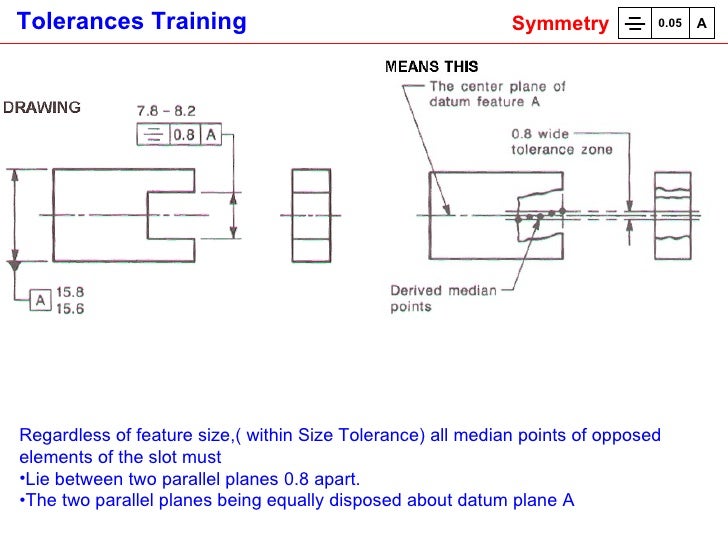Keyway Slot Dimensions 4,5/5 1405 reviews
KeyWay: b x h width x thck: Width b: Depth: Radius r: Nom: Tolerance Class: Shaft t 1: Hub t 2: Over: Incl: Free: Normal: Close/Int-Shaft H9: Hub D10: Shaft N9: Hub Js9: Shaft/Hub P9: Nom: Tol: Nom: Tol: Max: min: 6: 8: 2x2: 2 +0,025 0 +0,06 +0,02-0,004-0,029 +0,012-0,012-0,006 -0,031: 1,2 +0,1 0: 1,0 +0,1 0: 0,16: 0,08: 8: 10: 3x3: 3: 1,8: 1,4: 0,16: 0,08: 10: 12: 4x4: 4 +0,03 0 +0,078 +0,030: 0-0,030 +0,015-0,015-0,012. Keyway Bore Diameter Size Bore Reference -0.000 / +0.010 Height (d) (t) - DIM Keyway Width (w) AGMA 9002-A86 Inch Bore and ANSI B17.1 Square Keyway Tolerances Minimum 3.0000 0.7500 3.332 Maximum 3.0015 0.7530 3.342 Minimum 3.0625 0.7500 3.396 Maximum 3.0640 0.7530 3.406 Minimum 3.1250 0.7500 3.459 Maximum 3.1265 0.7530 3.469 Minimum 3.1875 0. . These Width A values were set with the maximum keyseat (shaft) width as that figure which will receive a key with the greatest amount of looseness consistent with assuring the key's sticking in the keyseat (shaft). Fastener or stud. The size most commonly associated with screw threads is the nominal diameter. Nominal diameter is a more of a label than a size. For example, a bolt and nut may be described as being ½” diameter. But neither the external threads of the bolt nor the internal threads of the nut are exactly.500 in diameter.
- - CALL US ON - -
- ISO 9001 / 2015 -

Key and keyway dimensions
Below is a reference on shaft diameters and the corresponding keys / keyways according to the prevailing standards.
The table, to the best of our knowledge, complies with:
- DIN6885 Pt.1
- ISO R 773 and
- BS4235 Pt.1
| Shaft Outer Diameter | Width | Height | Depth | Tolerance | Depth | Tolerance |
| (OD) in mm | b | h | t1 | rt1 | t2 | rt2 |
| over 6 to 8 | 2 | 2 | 1.2 | 0.1 | 1 | 0.1 |
| over 8 to 10 | 3 | 3 | 1.8 | 0.1 | 1.4 | 0.1 |
| over 10 to 12 | 4 | 4 | 2.5 | 0.1 | 1.8 | 0.1 |
| over 12 to 17 | 5 | 5 | 3 | 0.2 | 2.3 | 0.2 |
| over 17 to 22 | 6 | 6 | 3.5 | 0.2 | 2.8 | 0.2 |
| over 22 to 30 | 8 | 7 | 4 | 0.2 | 3.3 | 0.2 |
| over 30 to 38 | 10 | 8 | 5 | 0.2 | 3.3 | 0.2 |
| over 38 to 44 | 12 | 8 | 5 | 0.2 | 3.3 | 0.2 |
| over 44 to 50 | 14 | 9 | 5.5 | 0.2 | 3.8 | 0.2 |
| over 50 to 58 | 16 | 10 | 6 | 0.2 | 4.3 | 0.2 |
| over 58 to 65 | 18 | 11 | 7 | 0.2 | 4.4 | 0.2 |
| over 65 to 75 | 20 | 12 | 7.5 | 0.2 | 4.9 | 0.2 |
| over 75 to 85 | 22 | 14 | 9 | 0.2 | 5.4 | 0.2 |
| over 85 to 95 | 25 | 14 | 9 | 0.2 | 5.4 | 0.2 |
| over 95 to 110 | 28 | 16 | 10 | 0.2 | 6.4 | 0.2 |
| over 110 to 130 | 32 | 18 | 11 | 0.2 | 7.4 | 0.2 |
| over 130 to 150 | 36 | 20 | 12 | 0.3 | 8.4 | 0.3 |
| over 150 to 170 | 40 | 22 | 13 | 0.3 | 9.4 | 0.3 |
| over 170 to 200 | 45 | 25 | 15 | 0.3 | 10.4 | 0.3 |
| over 200 to 230 | 50 | 28 | 17 | 0.3 | 11.4 | 0.3 |
| over 230 to 260 | 56 | 32 | 20 | 0.3 | 12.4 | 0.3 |
| over 260 to 290 | 63 | 32 | 20 | 0.3 | 14.4 | 0.3 |
| over 290 to 330 | 70 | 36 | 22 | 0.3 | 15.4 | 0.3 |
| over 330 to 380 | 80 | 40 | 25 | 0.3 | 17.4 | 0.3 |
| over 380 to 440 | 90 | 45 | 28 | 0.3 | 17.4 | 0.3 |
| over 440 to 500 | 100 | 50 | 31 | 0.3 | 19.5 | 0.3 |
Standard Keyway Slot Dimensions
Note

Motor Technology will not accept any liability for the accuracy of the data supplied. This sheet is meant as a guideline only.
Cable colour coding – understanding DESINAThe coding provides a quick indication of the type of signal or power connections that are being madeClick here to learn more...
Motor Flange Table - quick reference of typical motor sizesQuick reference on typical industry standard motor shaft and flange dimensions.Click here to learn more...
Bore and shaft tolerancesA reference on bore and shaft tolerances for a given bore or shaft diameterClick here to learn more...
Key and keyway dimensionsA reference on shaft diameters and the corresponding key / keyway dimensionsClick here to learn more...
Glossary of componentsA brief list of terms that are used to describe our product range.Click here to learn more...
Keyway Chart - Hallite
Keyway Slot Dimensions Diagram
TolerancesDiameter Tolerance: Refer to Material Specifications page for tolerances for each material. All bars are checked with an insert bearing prior to shipment. Saw Cut Length Tolerance = +/- 1/16' (+/- 1/32' typical). Tighter tolerances available. Straightness Tolerance = .012' per foot, .006' typical. Straightness is not guaranteed.
*All keyways meet the ANSI B17.1-1967 (R1998) standard.
| Conveyor BeltingFlights / AttachmentsSprocketsTruKey® Shafting | |||||||||||||||||||||||||||||||||||||||||||||||||||||||||||||||||||||||||||||||||||||||||||||||||||||||||||||||